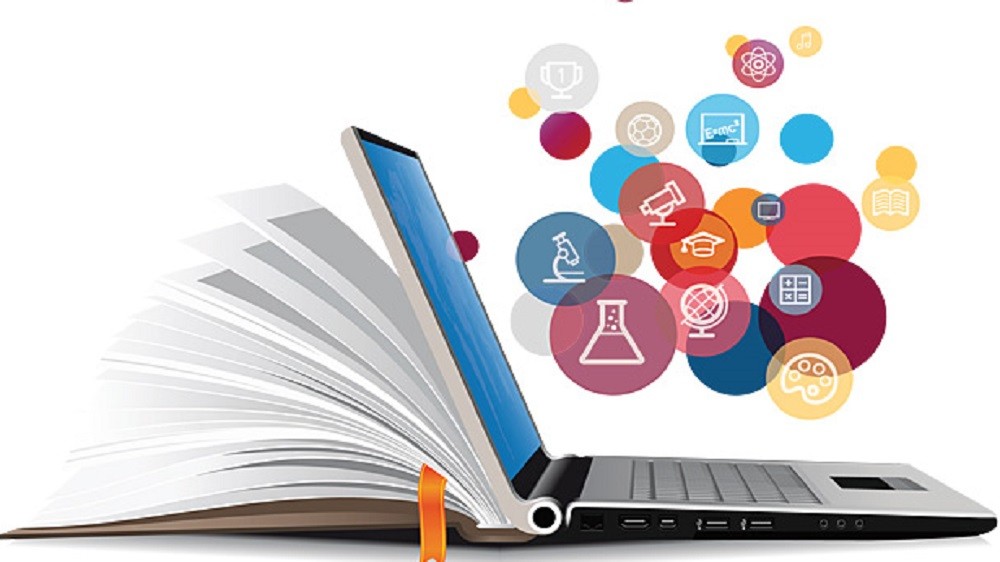Describing the technology for education and learning
Technology for education and learning is transformative, reshaping the way we acquire knowledge, teach, and connect with one another.

In today's rapidly evolving world, technology for education has become an integral part of every aspect of our lives, and education is no exception.
The integration of technology in education has ushered in a new era of learning, offering innovative tools and resources that have the potential to revolutionize how we acquire knowledge.
This blog post explores the multifaceted role of technology in education and learning, highlighting its transformative impact on students, teachers, and educational institutions.
The Evolution of technology for Education
The use of technology in education is not a recent development. It has evolved over several decades, with each phase introducing new possibilities and challenges. The journey began with the advent of computers in schools, followed by the internet, and now, we stand on the cusp of a new era driven by artificial intelligence and immersive technologies.
- Access to Information and Learning Resources
One of the most significant contributions of technology to education is the democratization of knowledge. The internet has made it possible for anyone with a connection to access a vast repository of information.
This has transcended geographical boundaries, enabling students and educators to tap into global knowledge resources. Online libraries, educational websites, and digital textbooks have made information more accessible than ever before.
- Personalized Learning
Technology allows for personalized learning experiences tailored to individual needs and learning styles. Adaptive learning platforms use algorithms to analyze a student's strengths and weaknesses, providing customized lessons and practice exercises. This approach ensures that students can progress at their own pace, thereby enhancing comprehension and retention.
- Engagement and Interactivity
Traditional lectures can be passive and monotonous. Technology brings interactivity to the forefront, making learning engaging and dynamic. Multimedia presentations, virtual labs, and gamified learning apps captivate students' attention and foster active participation. This not only makes learning more enjoyable but also enhances understanding and retention of information.
- Collaboration and Communication
Technology has transformed the way students collaborate and communicate with peers and educators. Online forums, video conferencing tools, and collaborative platforms enable seamless interaction irrespective of physical distance. This has expanded opportunities for global collaboration, bringing diverse perspectives to the learning process.
- Accessibility and Inclusivity
Advancements in technology have improved access to education for individuals with disabilities. Screen readers, speech recognition software, and other assistive technologies empower students with disabilities to participate fully in educational activities. This inclusivity promotes diversity in the classroom and ensures that education is accessible to all.
The Role of Technology for Education
Technology is not limited to the student's side of the equation. Educators benefit immensely from the integration of technology into their teaching practices.
- Enhanced Teaching Tools
Educators have access to a wide range of tools and software that simplify administrative tasks, such as grading and lesson planning. Learning management systems (LMS) streamline the distribution of materials, assignment submissions, and communication with students. This efficiency allows educators to focus more on actual teaching and individualized student support.
- Professional Development
The digital age has also transformed professional development opportunities for teachers. Online courses, webinars, and virtual workshops provide educators with the chance to continually upgrade their skills and stay abreast of the latest pedagogical trends and technological advancements.
- Data-Driven Instruction
Technology enables educators to collect and analyze data on student performance. This data-driven approach helps identify struggling students, tailor instruction to their needs, and measure the effectiveness of teaching methods. Educators can adjust their strategies in real-time to ensure that each student receives the support they require.
- Global Learning Communities
The internet has fostered the growth of global learning communities where educators can collaborate, share resources, and exchange best practices. This cross-pollination of ideas enriches the teaching profession and encourages the adoption of innovative methods.
Challenges and Considerations at technology for education
While technology offers numerous advantages in education, it is not without its challenges and considerations.
- Digital Divide
Not all students have equal access to technology and the internet, creating a digital divide that can exacerbate educational inequalities. Addressing this issue requires concerted efforts to ensure that all students have access to the necessary tools and connectivity.
- Privacy and Security
The collection and storage of student data raise concerns about privacy and security. Educational institutions must prioritize data protection and establish robust cybersecurity measures to safeguard sensitive information.
- Overreliance on Technology
Overreliance on technology can have negative consequences. It is essential to strike a balance between traditional teaching methods and technology to ensure a holistic educational experience.
- Teacher Training
Educators need ongoing training to effectively integrate technology into their teaching practices. Insufficient training can hinder the successful implementation of technology in the classroom.
- Evolving Landscape
Technology is continually evolving, and educational institutions must adapt to keep pace with these changes. This may require regular updates to infrastructure, curriculum, and teaching methods.
Technology's role in education and learning is transformative, reshaping the way we acquire knowledge, teach, and connect with one another.
It has made education more accessible, personalized, engaging, and inclusive. However, as we embrace these advancements, it is crucial to address challenges such as the digital divide, privacy concerns, and the need for ongoing teacher training.
In the years ahead, technology will continue to shape the educational landscape, introducing new possibilities and challenges.
To harness its full potential, educators, policymakers, and society as a whole must work together to ensure that technology remains a powerful tool for enhancing the quality of education and preparing students for the demands of the future.
As we navigate this evolving landscape, the role of technology in education will undoubtedly continue to be a topic of great significance and exploration.
What's Your Reaction?















